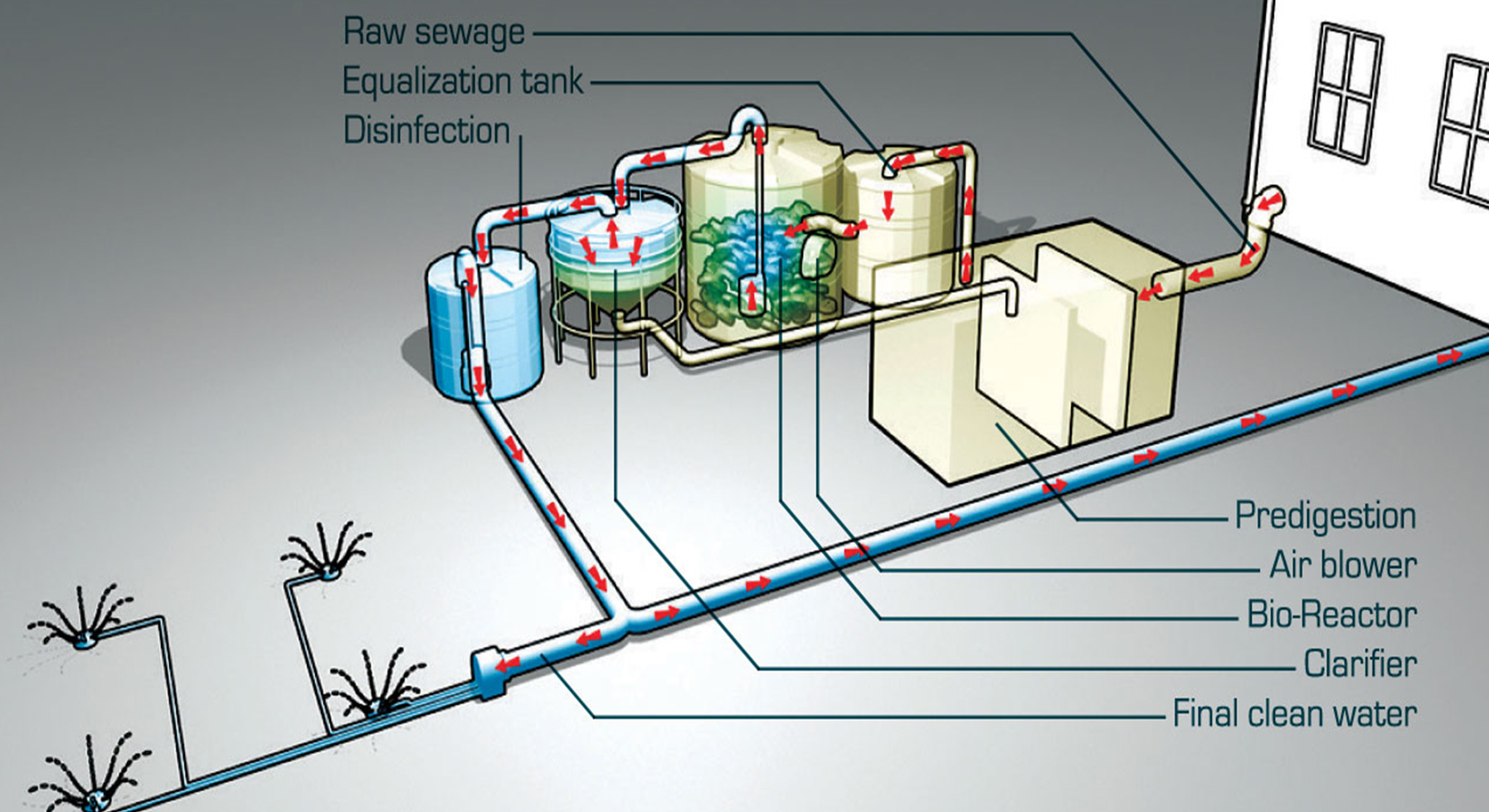
Sewage Management
Model:-Various
Manufacturer:-Global Product
Origin:-Global
Sewage Management
Sewage management is more than having a sewage treatment plant. A sewage management system needs to be designed properly: From sewage collection via sludge handling to effluent discharge. Sewage treatment plants, black and grey water lines, grease separators, system separators preventing microbes from spreading against the flow from waste water lines into fresh water systems, holding tanks, tank aerations, transfer systems, sludge tanks, sludge processing facilities and performance monitoring are all part of the system. Off course, every project is different. Therefore a sewage management system has to be customized to cover the specific conditions on board.
There are a few key factors that influence how well a sewage treatment system performs. First and foremost, food waste and sewage lines strictly have to be separated. Food waste has a much higher BOD5 (Biological Oxygen Demand) value than raw sewage and therefore heavily increases the organic load on the sewage treatment plant.
Grey water from galleys needs to run through a properly designed and dimensioned grease separator before being stored in a holding tank. Grease from galleys not only plugs up pipes and sensors, but also catalyzes the build-up process of hydrogen sulfide which is a toxic and extremely smelly gas inside the holding tanks. In the worst case, sulphuric acid may be formed inside the holding tanks which then attacks the piping and leads to a degradation of the effluent values.




